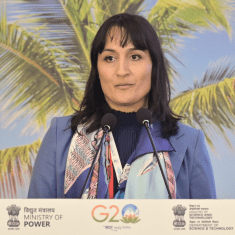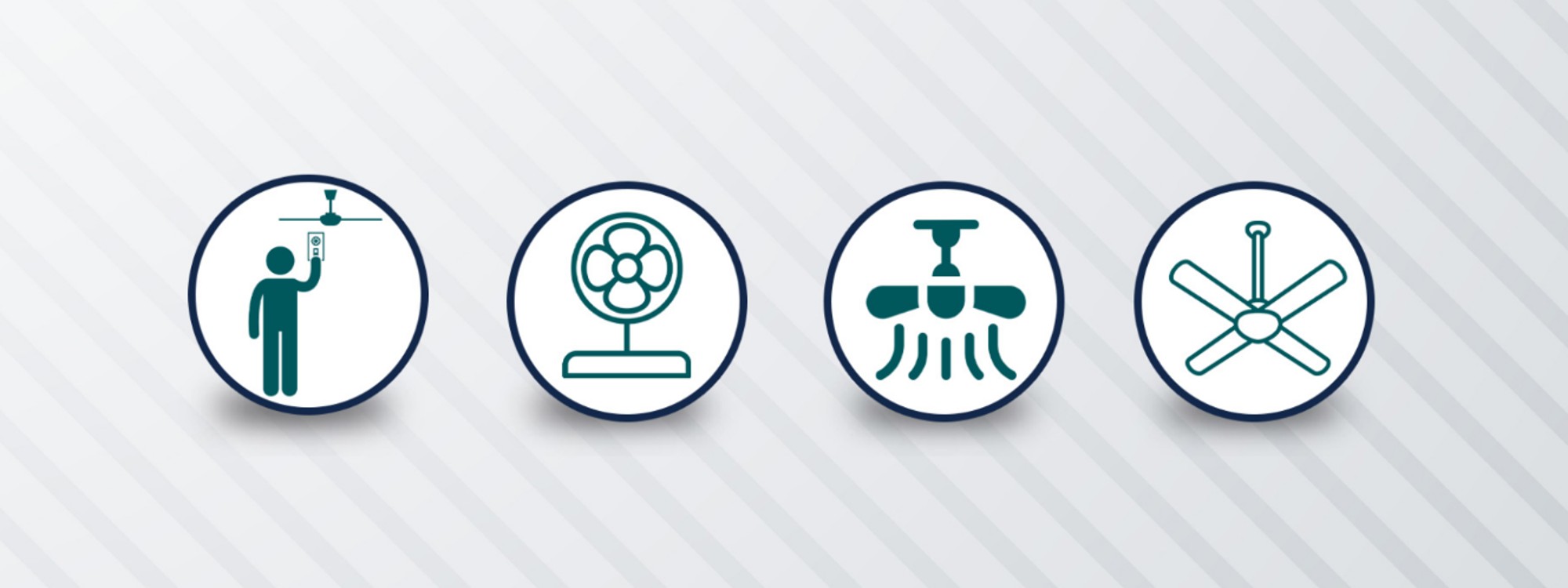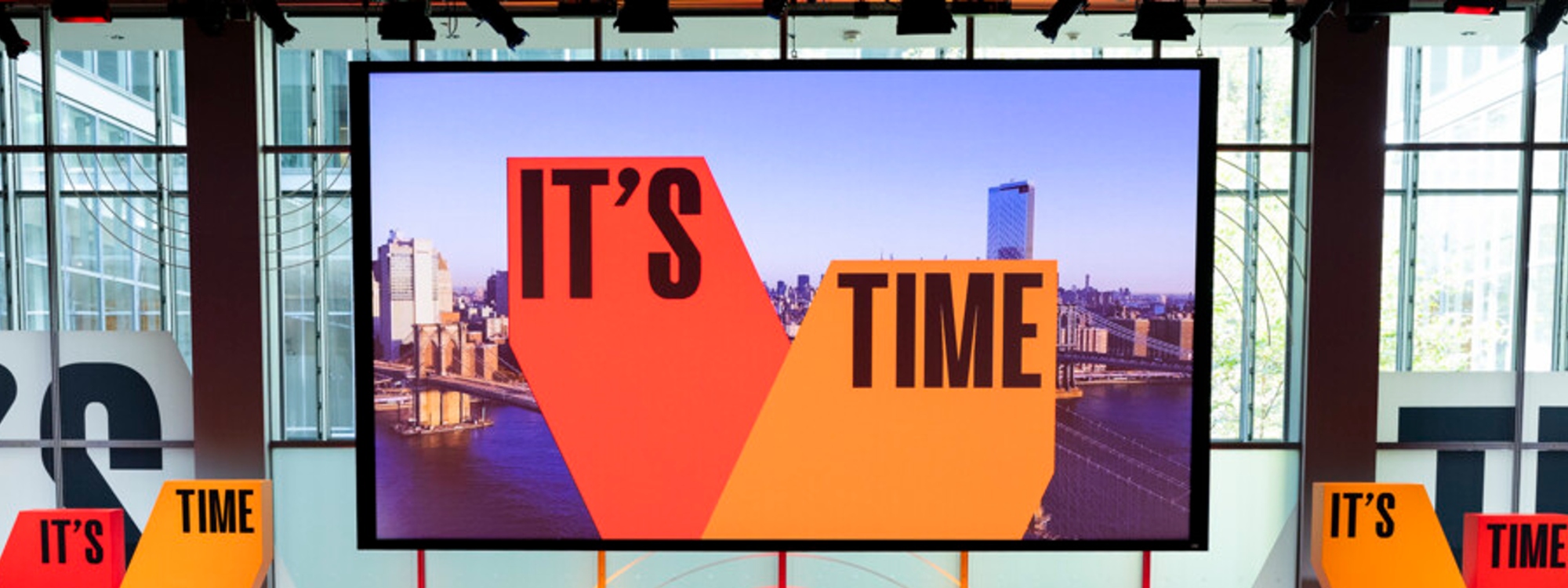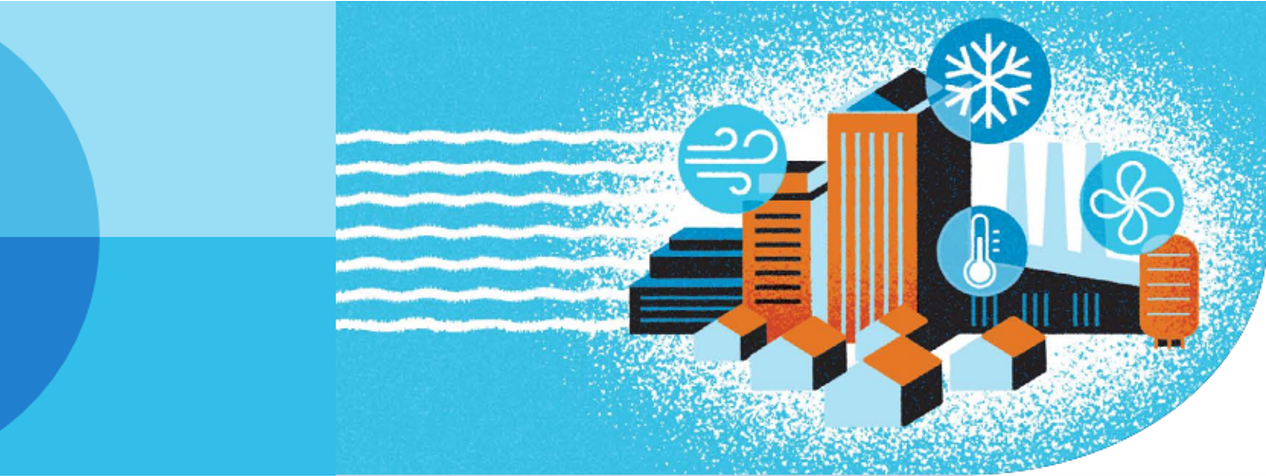NDCs 3.0: Why Countries Should Include Ambitious Action on Cooling
The world stands at a critical juncture, with climate change’s intensifying impacts demanding bold, transformative action. Amid rising global temperatures, cooling has emerged as a critical solution to some of humanity’s greatest challenges.
Recognizing this, Clean Cooling Collaborative (CCC) and the United Nations Environment Programme (UNEP)-led Cool Coalition’s Nationally Determined Contributions (NDCs) Working Group have partnered to develop the Guideline for Integrating the Cooling Sector into Nationally Determined Contributions. This resource, which will be published in March 2025, empowers nations to make sustainable cooling a cornerstone of their climate strategies, turning a key climate challenge into an opportunity for innovation and resilience.
The Importance of Ambitious NDCs
NDCs are the backbone of the Paris Agreement, representing each country’s commitment to reduce greenhouse gas emissions and adapt to climate impacts. With the 2025 deadline for the third iteration of NDCs — dubbed NDCs 3.0 — rapidly approaching, nations have a crucial opportunity to enhance their climate ambitions, aligning immediate actions with the long-term goal of limiting global warming.
The 2023 Global Stocktake revealed a sobering reality: current efforts leave us on a path to catastrophic warming of 2.5–2.9° C (4.5–5.2° F), far from the Paris Agreement’s 1.5° C (2.7° F) target. To close this gap, the 2024 UNEP Emissions Gap Report stresses that global emissions must fall 42% below 2019 levels by 2030. Achieving the necessary course correction will require unprecedented ambition across all sectors — including cooling, a critical yet underrepresented area in climate action.
Cooling: A Critical Lever for Climate Mitigation and Adaptation
The cooling sector is responsible for significant emissions, both in terms of direct emissions from refrigerants and indirect emissions from energy consumption. Without action, these could reach 6.1 billion tons of CO2e annually by 2050.
Meanwhile, sustainable cooling can be a powerful tool in addressing extreme heat, supporting countries in their adaptation efforts, reversing emission trends, and safeguarding critical systems like food supply chains and healthcare.
The upcoming revision of countries’ NDCs offer a pathway to transforming cooling into a driver of progress, equity, and development. By prioritizing sustainable cooling, nations can unlock several climate, health, and economic co-benefits.
The Current State of Cooling in NDCs
To help advance sustainable cooling strategies in NDCs, CCC launched its NDC Support Facility for Efficient, Climate-Friendly Cooling in 2020. This initiative has supported 10 countries in implementing their strategies, while also elevating clean cooling as a critical component of global climate action.
The recognition of cooling in NDCs has since grown significantly, increasing from just seven countries in 2015 to over 100 today. However, significant gaps remain, with many nations yet to harness the full potential of sustainable cooling. While several exceptions stand out, most cooling-related NDC commitments are still too broad, with limited integration of specific, measurable targets or actionable strategies.
Leading examples illustrate the transformative power of cooling strategies:
• Burkina Faso has prioritized passive cooling in housing and appliance standards to target reduced energy demand while improving thermal comfort.
• Vietnam and Cambodia have both committed to the adoption of national cooling action plans that promote passive cooling strategies.
• Nigeria has focused on technician training and air conditioning efficiency standards to enhance technology adoption and workforce capacity.
As of January 2025, seven countries have submitted their NDCs 3.0. Among them, Brazil, the United Arab Emirates (UAE), the United Kingdom, the United States, and Uruguay have included specific cooling-related commitments, laying the groundwork for innovative, impactful interventions.
For example, the UAE has featured ambitious targets to improve the efficiency of district cooling, phase down hydrofluorocarbons (HFCs), and enhance building energy codes. Their approach integrates cooling strategies across sectors, linking them to energy, health, and urban resilience goals.
A Roadmap for Ambitious Cooling Action
Countries can integrate sustainable cooling into their NDCs 3.0 by leveraging a combination of policy, technology, and financial mechanisms, depending on each country’s specific needs and circumstances. Key strategies can include:
• Improving the energy efficiency of cooling and refrigeration equipment and appliances.
• Accelerating the phasedown of HFCs beyond that required under the Kigali Amendment to the Montreal Protocol.
• Introducing lifecycle refrigerant management (LRM) initiatives.
• Ensuring equitable access to cooling for low-income and heat-vulnerable communities.
• Endorsing the Global Cooling Pledge, which supports all the above-mentioned strategies through the promotion of passive cooling, energy efficiency, and the phasing down of high-GWP refrigerants, with a view to cut cooling emissions by 68% by 2050.
The Guideline for Integrating the Cooling Sector into Nationally Determined Contributions provides access to actionable methods and tools that help countries unlock the full potential of sustainable cooling, including:
• Implementing passive cooling strategies: measures like insulation, natural shading, building codes, and reflective surfaces can address extreme heat, and dramatically reduce cooling demand in buildings and in the cold chain.
• Developing National Cooling Action Plans (NCAPs): these comprehensive strategies enable governments to map out economy-wide cooling efforts, integrating measures across various sectors to reduce heat stress, while curbing energy demand.
• Enforcing Minimum Energy Performance Standards (MEPS): alongside appliance labeling programs, these policies drive efficiency to cut emissions and energy costs.
• Aligning with financial tools: leveraging green bonds, results-based financing, and business models can attract investment to scale sustainable cooling technologies.
• Enhancing Monitoring, Reporting, and Verification (MRV): robust MRV systems ensure accountability, build trust, and demonstrate leadership, aligning with the Paris Agreement’s Enhanced Transparency Framework.
Importantly, the guidelines support countries in establishing governance structures that foster cross-ministerial collaboration. It ensures that sustainable cooling measures are integrated into NDCs or national climate plans, enabling coordinated actions across sectors, such as energy, urban planning, agriculture, and health. By incorporating these strategies, nations can achieve tangible progress, while fostering resilience and equity.
A Call to Action
The Global Cooling Pledge, launched at COP28, has mobilized more than 70 countries to make bold sustainable cooling commitments, including the inclusion of relevant cooling efforts in NDCs. By embracing the Guideline, nations can transform these pledges into impactful actions, showcasing sustainable cooling as a symbol of leadership, innovation, and equity.
Integrating cooling into NDCs 3.0 is not just about cutting emissions — it’s about protecting lives, building resilience, and driving sustainable development. Sustainable cooling aligns directly with the 2030 Agenda for Sustainable Development, advancing goals related to health, education, and economic growth.
As the 2025 deadline approaches, the stakes could not be higher. Cooling must move from the periphery to the forefront of climate strategies. With the Guideline for Integrating the Cooling Sector into Nationally Determined Contributions, countries have a clear, actionable path to success.
Now is the time to act boldly. Together, we can harness cooling for a sustainable, equitable future.




